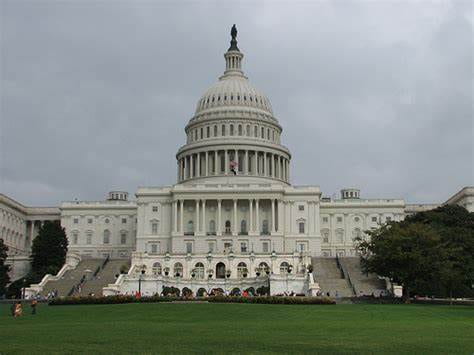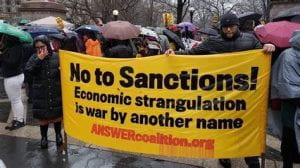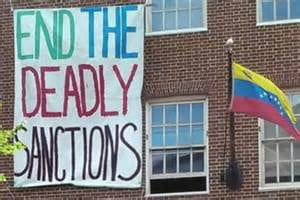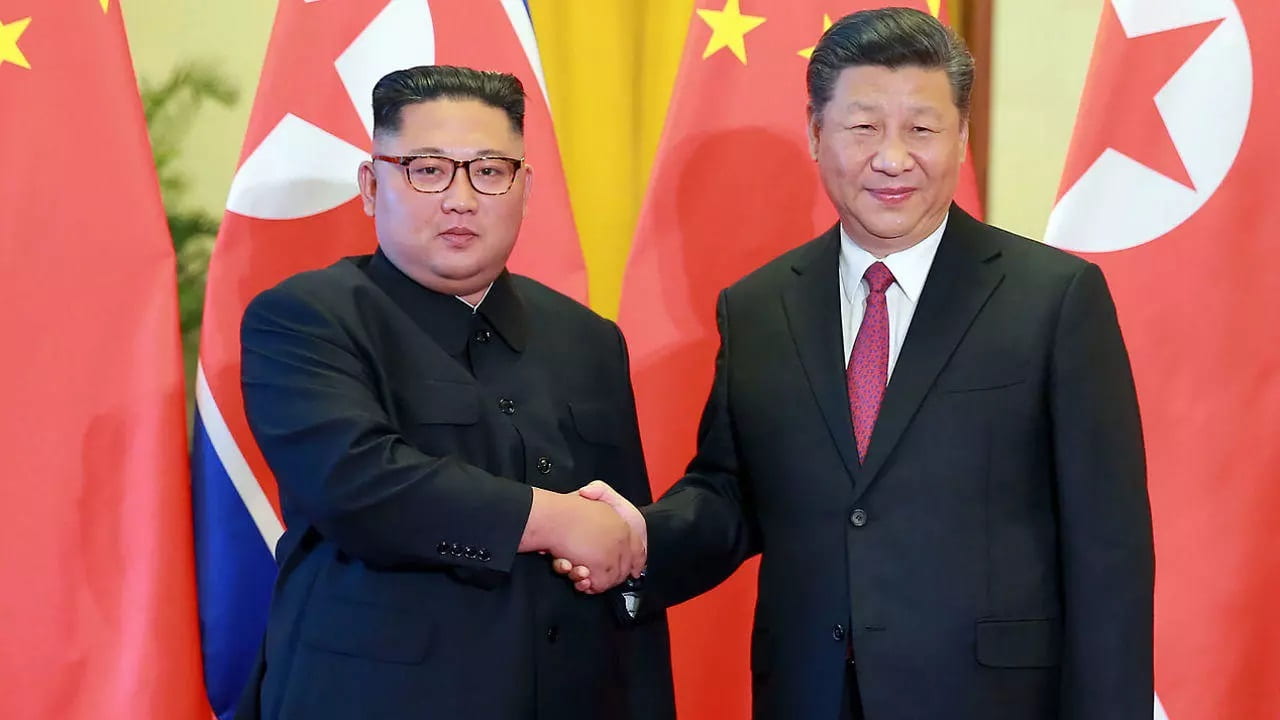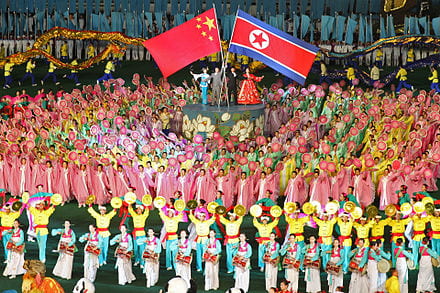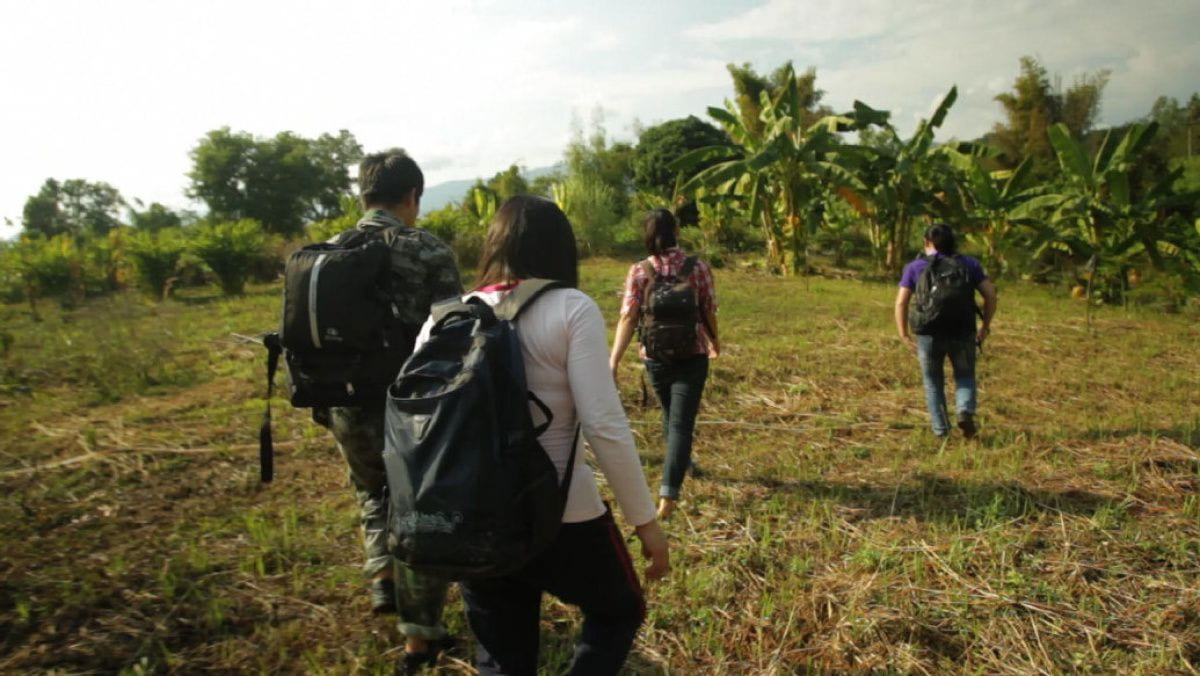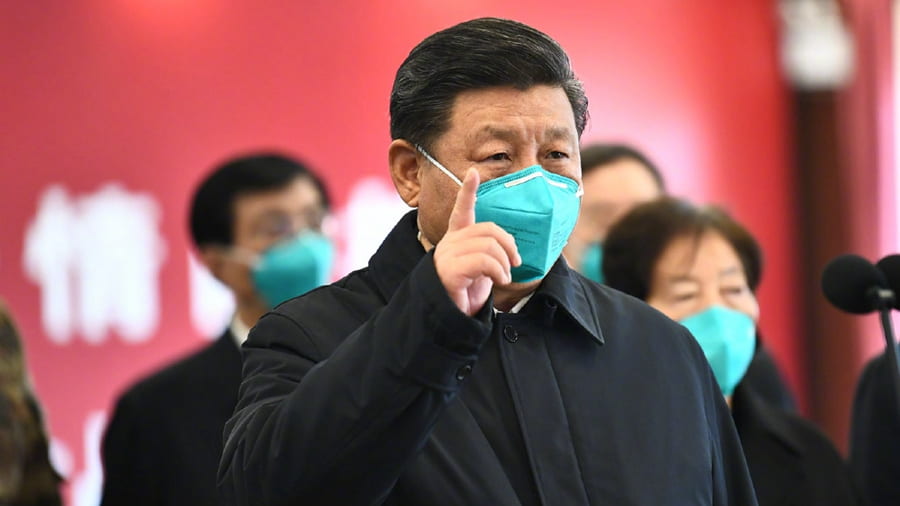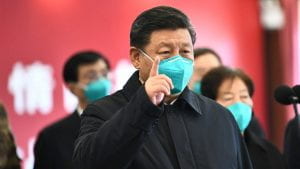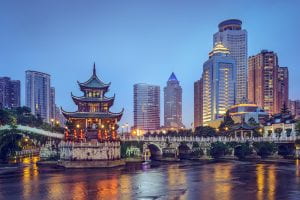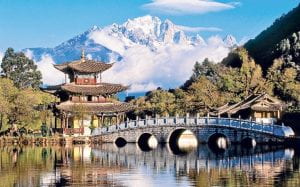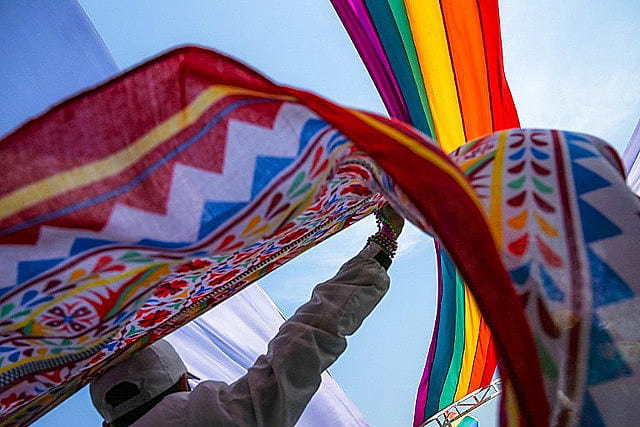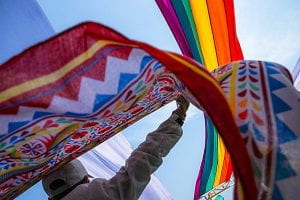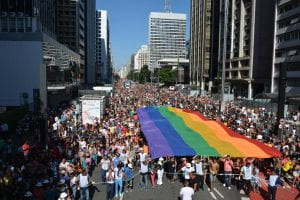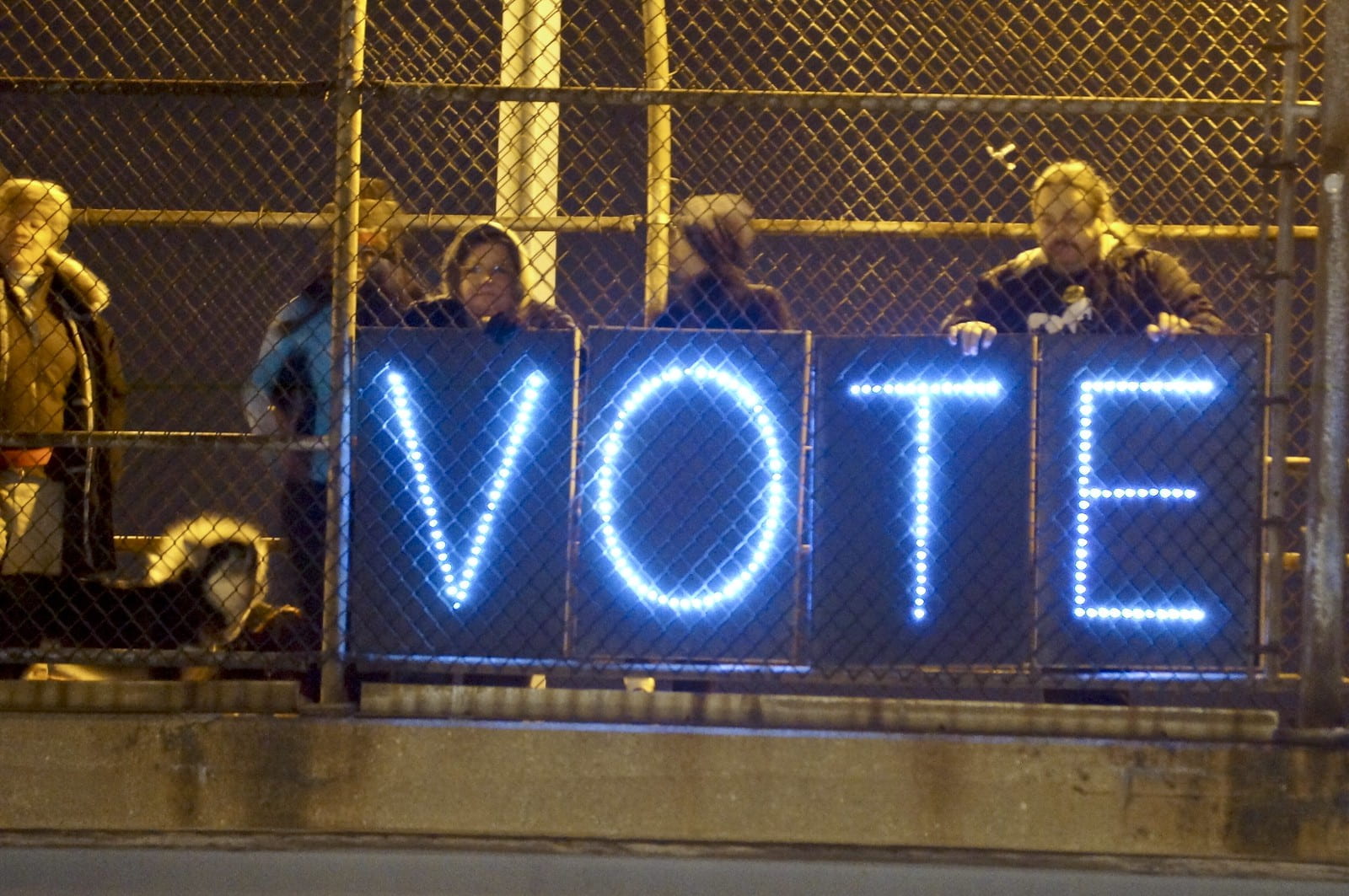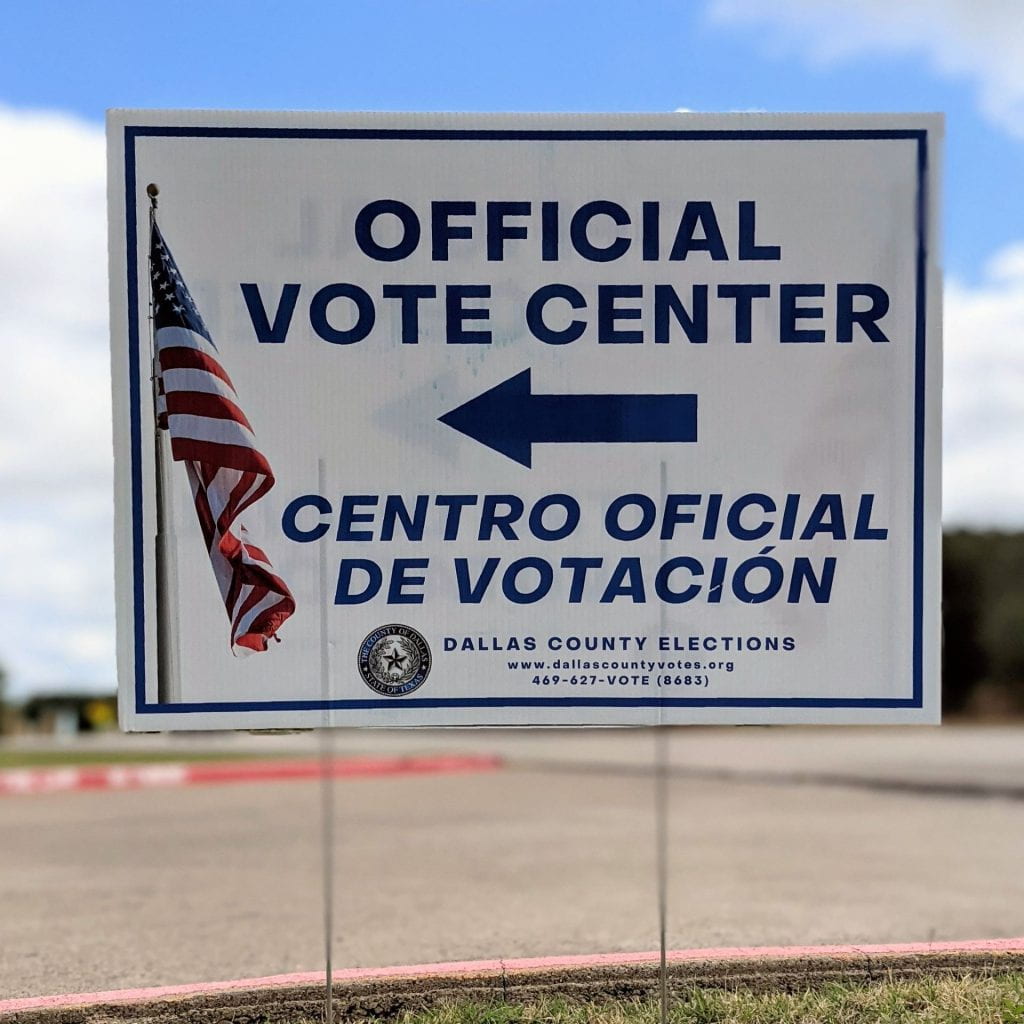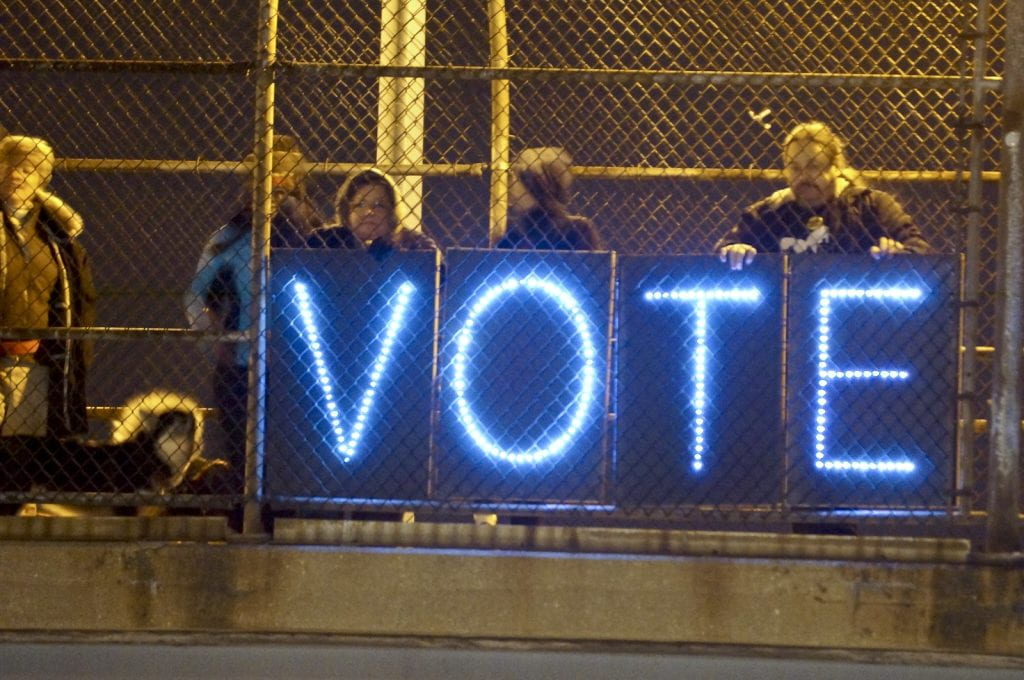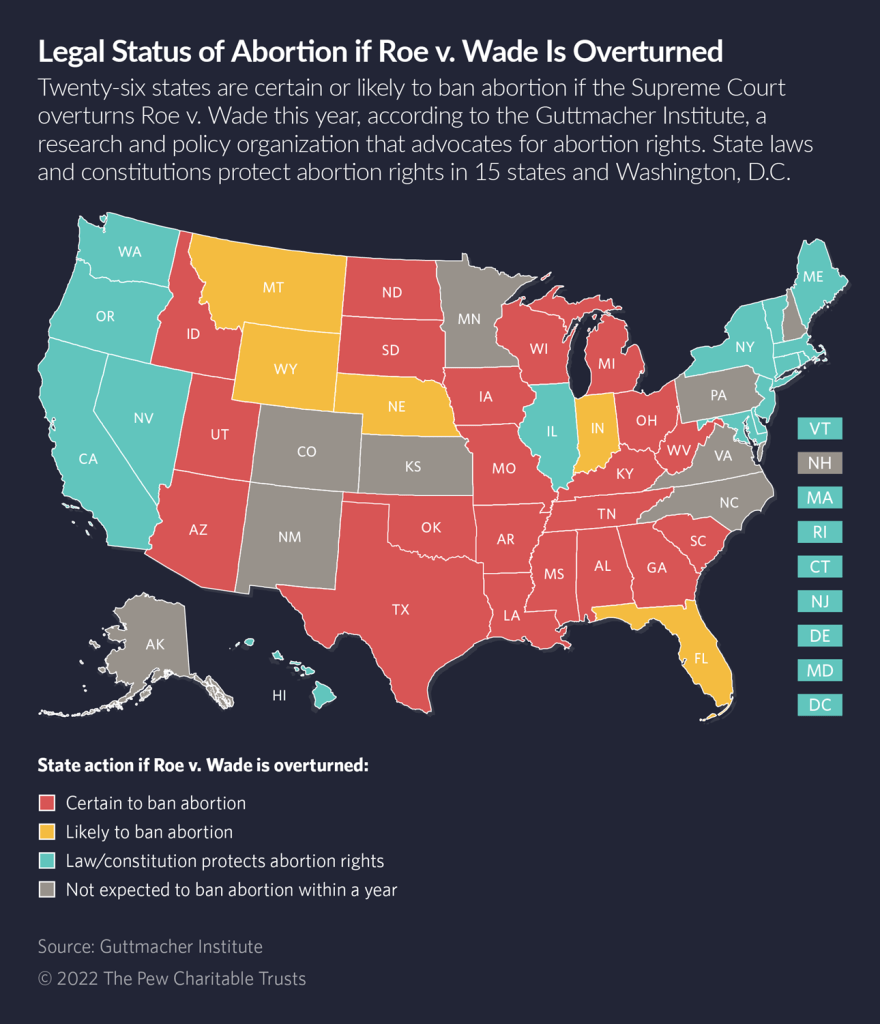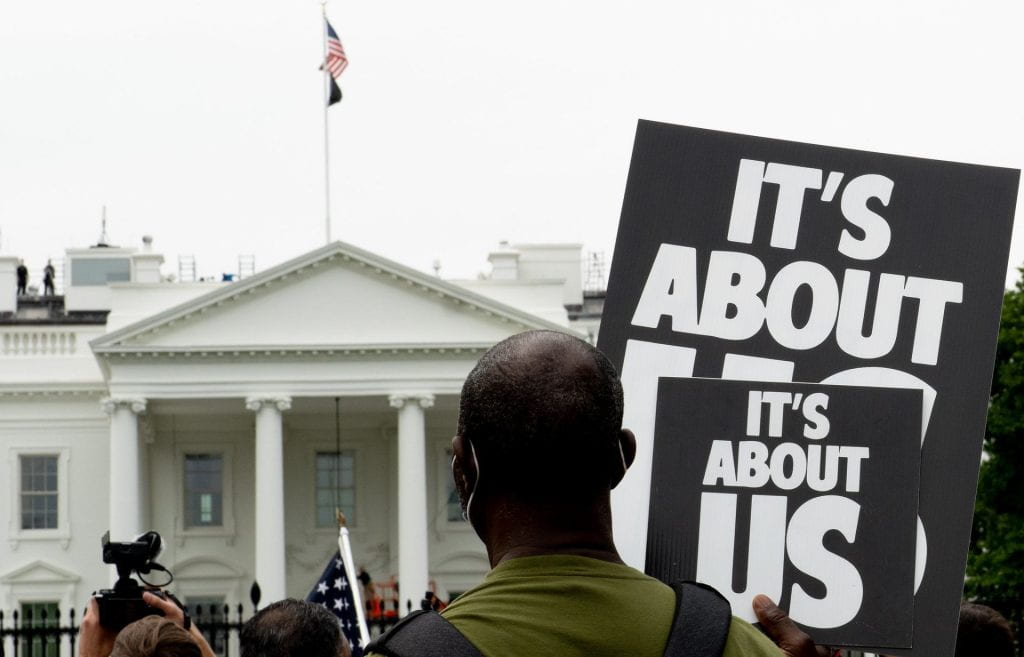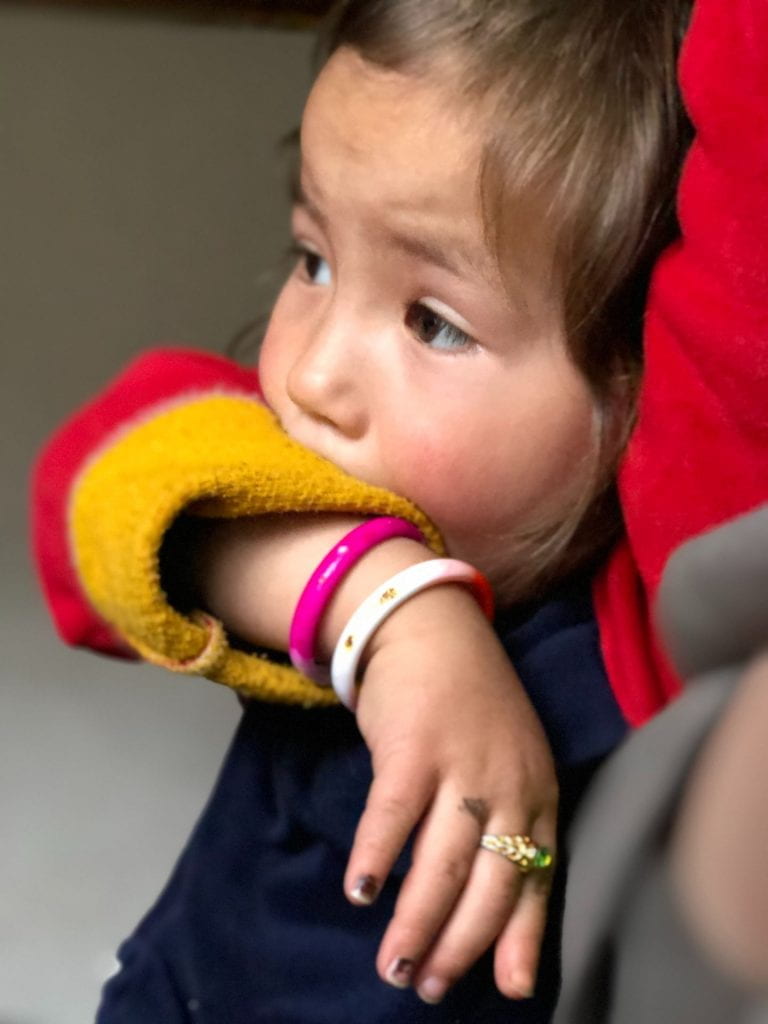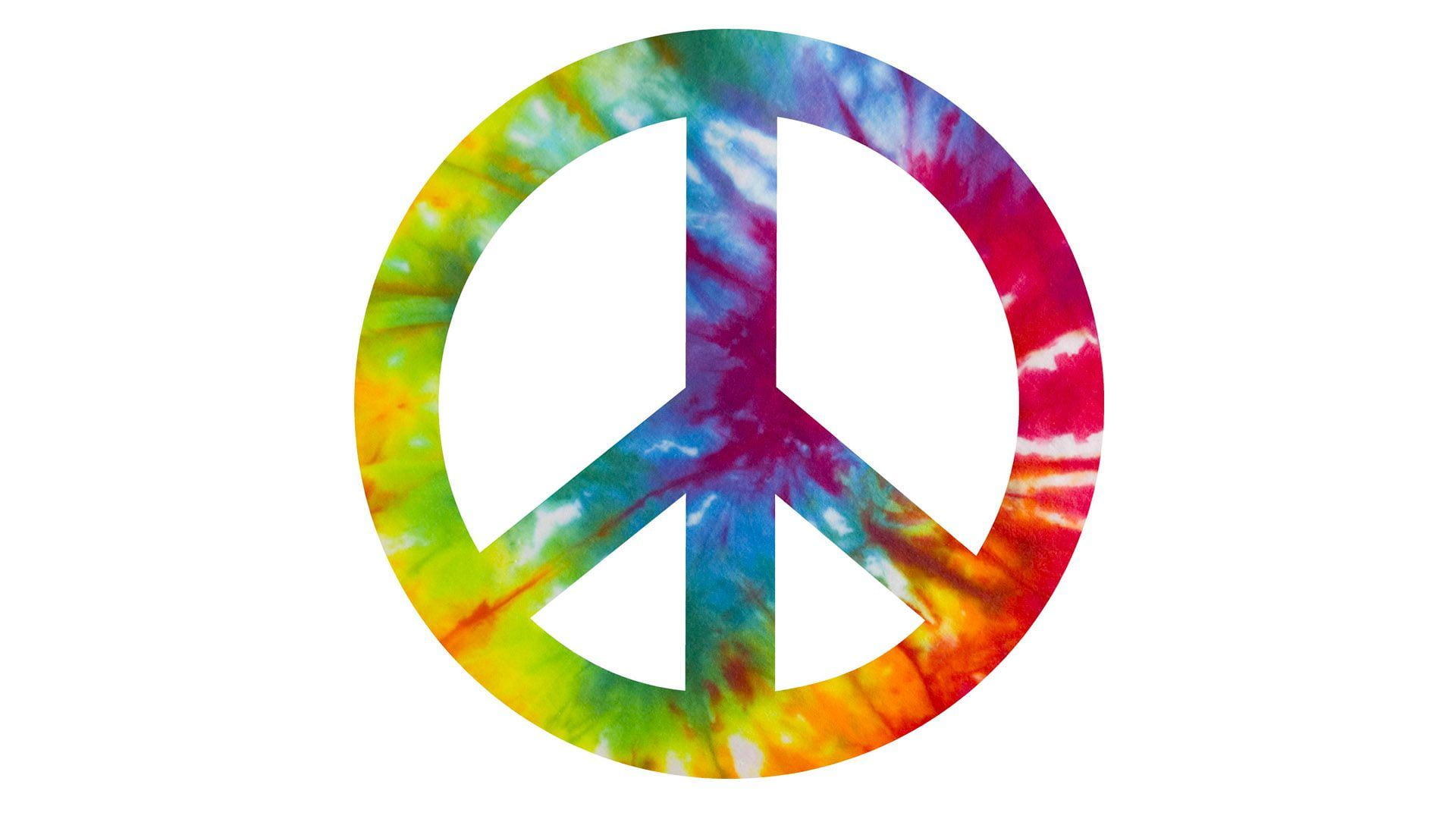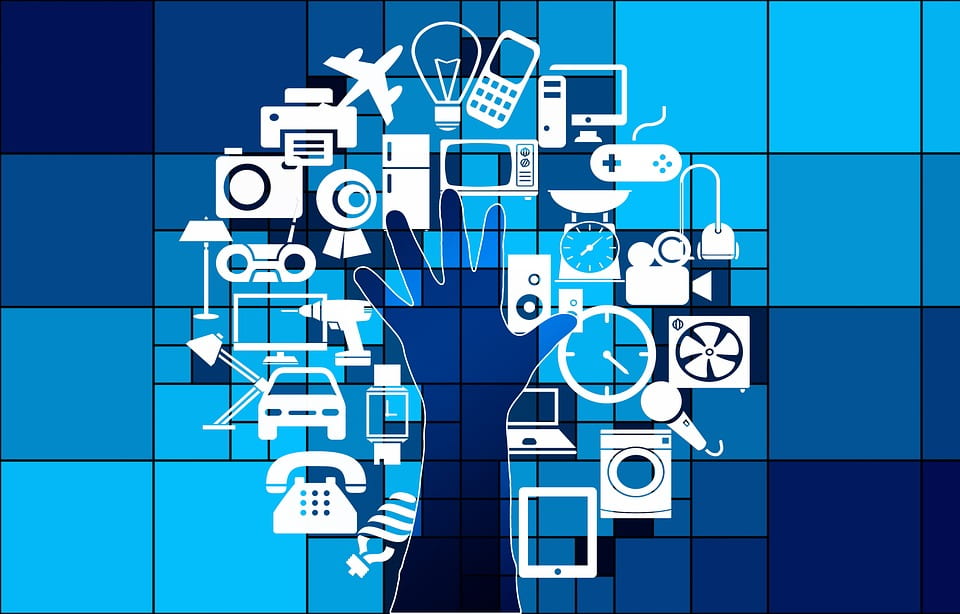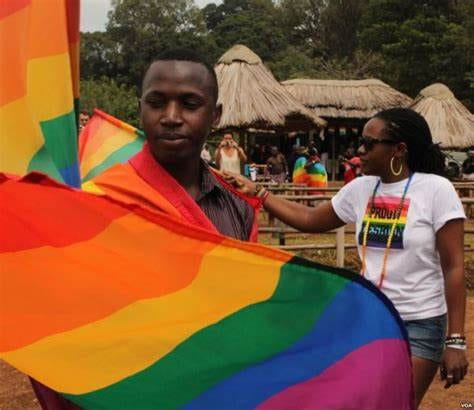
Uganda has a controversial history regarding its stance on homosexuality. In 2014, the country passed the Anti-Homosexuality Act, which imposed harsh penalties on individuals engaging in same-sex activity, including life imprisonment for “aggravated homosexuality.” The law also criminalized the promotion of homosexuality and made it a crime to not report homosexual activity to authorities. Recently, policymakers in Uganda have proposed new legislation that would prohibit even identifying as LGBTQ. Parliament passed the new bill in order to crack down on homosexual activities. Gay people living in Uganda face life in prison and even the death penalty. The proposed bill has been widely criticized by human rights organizations, including Amnesty International and Human Rights Watch, as well as many countries around the world. The international community has called on Uganda to respect the human rights of LGBTQ individuals and to repeal the proposed legislation.

Criminalization of Homosexuality
Violations include “aggravated” homosexuality which involves gay sex with people under 18 years old or when a person is HIV positive, according to the law. The penalties are significantly steep resulting in death penalty. Failure to report homosexuality is a crime. As well as making merely identifying as gay illegal for the first time, friends, family and members of the community would have a duty to report individuals in same-sex relationships to the authorities. It bans media from publishing queer advocacy or promoting homosexuality. People found guilty of “grooming” children for purposes of engaging them in homosexual activities face life in prison. This can include discussing sexuality in classrooms or teaching about same sex relations in sexual education courses.
Impact on Society
The deeply regressive bill endangers gay people who live in Uganda and will have negative repercussions in society. The UN’s High Commissioner for Human Rights urged Ugandan President Yoweri Museveni not to sign the bill calling the Anti Homosexuality Bill 2023 “draconian”. The passing of this extremely discriminatory policy will result in families betraying their own, friends turning in friends, and communities turning their back on the LGBTQ. There will be severe psychological and mental effects for queer people in Uganda. They are condemned for simply existing. Legislation like this will only grow the anti-gay sentiment in Uganda making it much more difficult for change. The anti-gay bill will damage Uganda’s international reputation, leading to criticism from the international community and the potential for economic sanctions and aid cuts. The bill has been condemned by many western countries and organizations, including the United States and the United Nations. Overall, the anti-gay bill has had a devastating impact on Uganda’s LGBTQ community, civil society, and international reputation, and has further entrenched discrimination and violence against marginalized groups in the country.

What Can We Do
There are several strategies that can be employed to prevent anti-gay attitudes and actions in Uganda. To start, we must continue to support and organize with LGBTQ organizations in Uganda as well as globally. Education and awareness is key. Activists and advocacy groups can target awareness campaigns in schools, universities, and community centers. However, this is not possible without our continues support. NGOs to look into are Sexual Minorities Uganda (SMUG), the United Nations, and Human Rights Watch. The international community can exert pressure on the Ugandan government to promote LGBTQ+ rights and to repeal discriminatory laws. This can include diplomatic pressure, economic sanctions, and other measures. They can also foster support networks and safe spaces for LGBTQ+ individuals to provide them with a sense of community as well as a means of protection against discrimination and violence.
